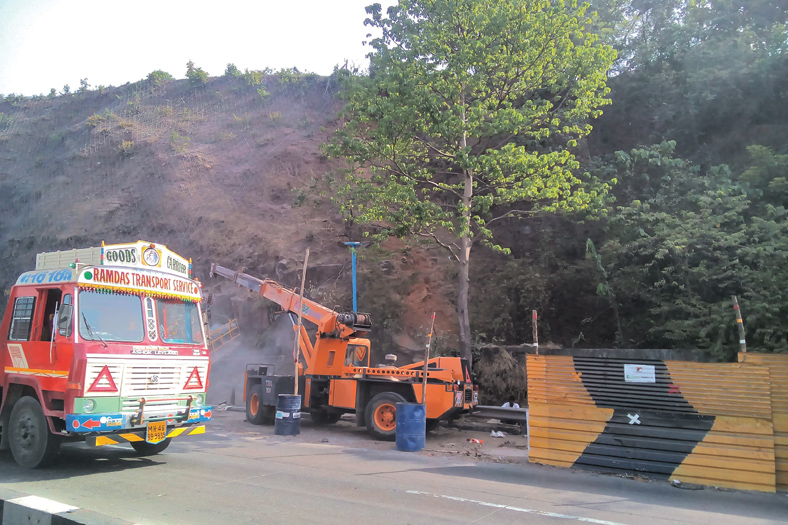Thyssenkrupp’s ACCEL: A game-changing transportation system

Thyssenkrupp Elevator introduced ACCEL – the unique transportation system that offers high capacities and high speeds for short distances, with no waiting times for passengers and low implementation costs. With this new solution, Thyssenkrupp marks its entrance into the mass transit sector.
As congestion in urban transport networks rises in tandem with the population increase in cities, municipal bodies are under continual pressure to reduce road traffic congestion and combat the costs it imposes in terms of immense wastage of time, energy, and environmental resources. Thyssenkrupp ACCEL was developed to address this need in the current multimodal transportation network of large cities.
The ACCEL transportation system facilitates the building of passenger feeders to existing metro stations, making them easily accessible even to commuters who do not usually use the metro due to its distance from their locations. Metro system capacities can now be maximised with new access points, and by increasing the connectivity of current metro networks, the new transportation system could capture 30 per cent additional passengers. Implementing ACCEL works as an alternative to building expensive additional stations or carving complex underground connections, and results in a significant decrease in the number of road transport vehicles in use.
ACCEL is Thyssenkrupp contribution in aiding the urban shift from road to rail – the ultimate goal for transportation authorities in large cities today. By reducing transit times in airport hubs and providing both rail and airport operators a cost-effective solution that requires no complex civil or infrastructure work, Thyssenkrupp ACCEL is successfully catering to the current needs of our rapidly developing urban communities.
ACCEL also benefits airport operators looking to improve transit times between gates or between distant parking bays and the airport. With no waiting times or barrier gates, passengers need only 140 seconds to cover a distance of 270 metres, instead of the earlier 415 seconds, resulting in an impressive time saving of 66 per cent. For airport operators, it eliminates the need and high costs associated with providing buses, automated people movers, or sky-trains for distances of up to 1.5 km.
ACCEL can transport as many passengers as typical fully automated cabin systems, move up to 7,300 passengers per hour per direction, and combines smooth speed changes and the highest safety requirements for passenger transportation. Using a band of overlapping pallets that expand to three times the original size of each pallet, ACCEL’s revolutionary technology, applying the linear motor technology of the magnetic train Transrapid, ensures that passengers step onto the belt at normal walking speeds of 0.65 m/s (2.35 km/h), accelerate smoothly up to 2 m/s (7.2 km/h), and then decelerate back to normal walking speeds before leaving the system. For passengers who continue walking while on the belt, speeds of up to3.3 m/s (12 km/h) can also be achieved.
In addition to being easy to use, ACCEL does not require large teams to operate and maintain, is a perfect solution to fill the current gap in short distance transportation in cities and airports, and is a very competitive alternative to existing automated people movers for distances of up to 1.5 km.
Cookie Consent
We use cookies to personalize your experience. By continuing to visit this website you agree to our Terms & Conditions, Privacy Policy and Cookie Policy.









